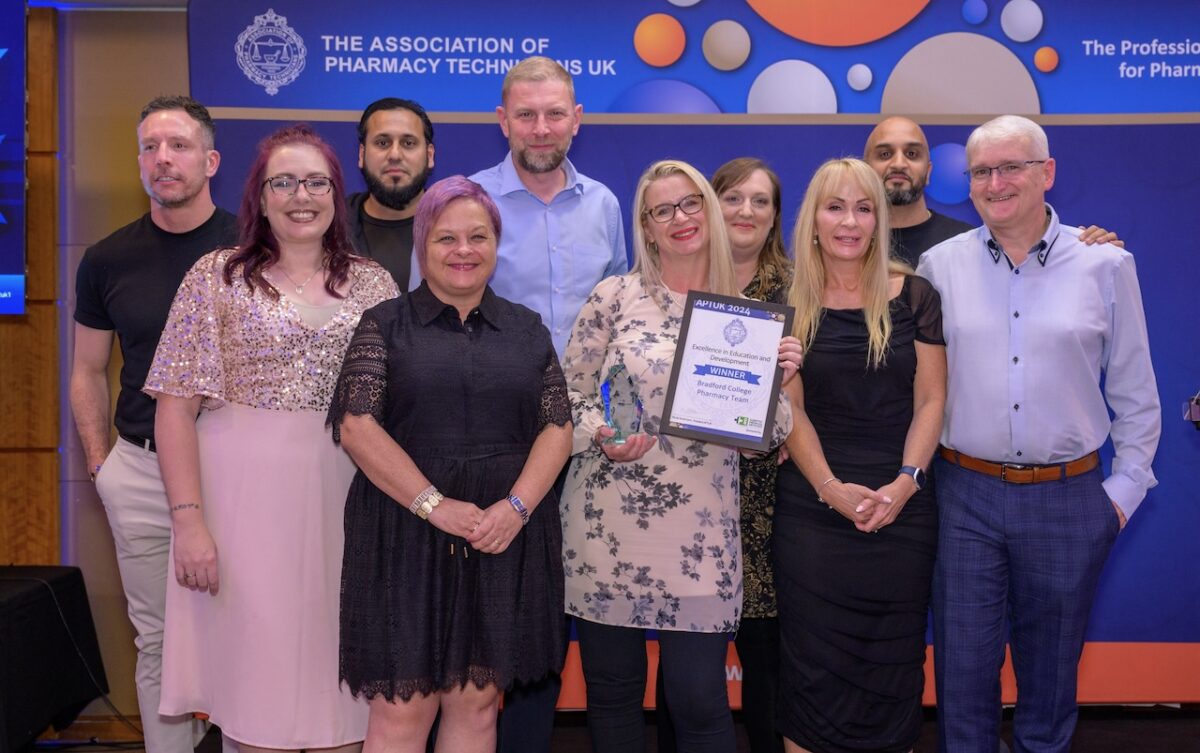The ‘user experience’ of students is now probably more important than it has ever been

Growing ICT provision is not about making it ‘good enough’, it is about making it the best it can be
Antony Mellor, Head of HE at Stone Group and Mark Newton, Managing Director at CoSector – University of London, discuss how future-proofing your organisation as far as is economically viable, is the key to growing your ICT provision and improving the learner journey.
Which new trends can university IT departments expect to see within the next five years?
AM: The rise of 5G Networks will drive an improvement in application performance and lead to the creation of new applications that will benefit from the significantly higher speed, latency, and capacity that 5G brings. For the higher education sector, this will mean a capability to deliver a faster, better user experience, and to further encompass the Internet of Things (IoT), leading to more and more connected devices.
MN: Cloud is the most pertinent trend, and it’s emerging as the most cost-effective way to manage infrastructure within higher education. It allows a university to eliminate that cost of running a data centre on premise and it can be managed by a cloud provider, reducing time and money spent being managed in-house.
AM: Within the next couple of years, the clamour for IoT will lead to an adaptation of teaching style, as students begin to rely more and more upon connected devices such as tablets, smartwatches, and AI assistants. One result of this will be an increase in data, and in turn, the need for more scalable storage, which lends itself to more utilisation of cloud-based storage solutions.
What about compatibility with student devices? Will BYOD be widely adopted by universities?
AM: BYOD has been a buzz-acronym for quite some time, and in the ideal world it is a way in which the University can save on device cost, as students or staff are likely to own a laptop or tablet, which they would prefer to work on, are more comfortable with, and they have the ability to use that device in a variety of environments.
The pitfalls here, however, can quickly outweigh any benefit; what happens if the students forget their device? What if the device fails? What about application incompatibility? Giving everyone access to really good WiFi, for example, is great, but the underlying need is that those that need a device, always have one available.
MN: I agree, and I don’t think certain trends that claim to be cost saving solutions, such as BYOD, always reap the benefits they promise. Having an infrastructure that is compatible with a whole range of devices may well cost you more in order to make sure your systems can do that. It’s undeniable though that this is an expectation for students now – they come with their own devices.
AM: A laptop loan programme can remedy this issue. It helps to save on cost, and ensures that those who don’t have access to a device, are able to get their hands upon one. This simple solution has already been implemented in lots of universities, the student can access a locker using their ID Card, and loan a laptop for a period of time. To keep the cost down even further, these devices could be Chromebooks – inexpensive, secure, and they are extremely mobile devices.
MN: Personally, I think it should be more of a question of what they want to use to access university systems. It’s not a cost saving practice, but it’s what universities should be doing to improve overall student experience.
What role can a scalable ICT framework play in cutting down budgets and how easy is it to adopt?
MN: You want to be able to flex up and down, and one of the ways to do that is to use a pay as you use supplier. If you use more capacity you can scale up for it, but you can scale down at quieter times when you don’t need it. Being able to downscale when needed is a cost saver and therefore surmountable to growth.
AM: Device as a Service and other IT subscription methods are an easy way to be able to scale up to suit demand over time or for specific projects, and allow universities to better manage budgets.
MN: Scalability is very important, and it’s entirely possible for universities to achieve that in this day and age with the technology that’s out there. You don’t want to be tied in should your needs be reduced in a particular area. Be it the summer holidays, or a particularly quiet period, why should you be tied into IT capacity that you now don’t need?
Do you feel that in order to ‘future proof’ an organisation you need to pick expensive solutions?
AM: The ‘user experience’ of students within HE is now probably more important than it has ever been; the systems that the University invests in have to be robust, high-performing, and fit for purpose. Devices and products that the students will come into contact with the most, such as desktops and mobile devices, are constantly evolving, so it is prudent to maintain a balance between products that are well-costed and durable, whilst always having one eye on where the ‘refresh point’ is likely to be.
Future-proofing as far as is economically viable is the key – spend too little, and risk the device being problematic within a short space of time, as it struggles to cope with newer apps; or you can over-spec the device and pay extra now, with no guarantee that the device will ever be used to its full capability. A mixed approach to devices is best, where there are common standards for particular use scenarios.
MN: I don’t necessarily agree that higher cost means better quality; I think that approach is a bit old fashioned. Historically, it was thought that purchasing a more expensive system future proofed your organisation. These days, universities want more agile technology, where the connection between your systems is more about standards and defining how you pass the data between them rather than the physical interfaces or integrations.
It’s not about spending money, it’s about understanding how to evolve and keep updating. The danger is that you can embark on a big expensive project with all the latest equipment, but within months it needs updating again.
What should universities do to improve their ICT framework and the maximum provision it can provide to enhance the learners journey?
AM: As a bare minimum, the expectation has to be that the systems are good, reliable, and fit for purpose. This is whether we are talking about ensuring that all parts of the University have good wireless coverage; that the PCs in the library work; that the University’s Virtual Learning Environment (VLE) is available, as and when required.
There should be no maximum. It’s not about making provision ‘good enough’, it is about making it the best it can be.
MN: Every university has great technology, but not all are using it to its best capability. Take a VLE for example, all universities have them but not all are running it in the most efficient way. It’s important to have a VLE provider who understands the HE sector and the needs of the students and staff. They can advise on the best upgrades and integrations out there to improve the learning experience for all and provide the optimum value for money for students.
If you’re not doing this at the very least, then you are at some level suffering in terms of your ability to deliver the best learner journey for your students. It’s always worth asking for feedback from your learning environment provider to see if you’re meeting these requirements.











Responses